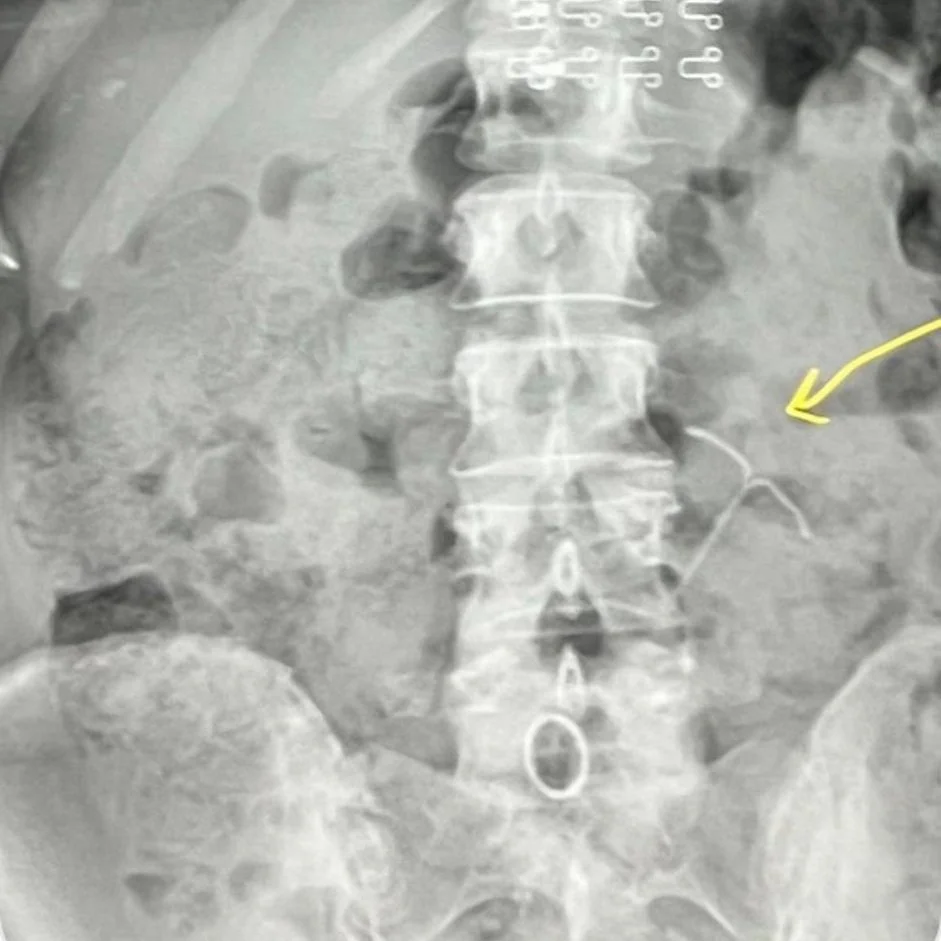9 Signs Your IUD Moved Out Of Place (And It's Time To Get It Checked)
/ Internet Link
9 Signs Your IUD Moved Out Of Place (And It's Time To Get It Checked)
By Rebecca Jane Stokes - Your Tango
October 16, 2021
“While it doesn't happen often, the possibility of a device shifting or moving inside of your body is one of the risks anyone with an IUD must face.
What causes an IUD to move out of place?
There are a couple of reasons your IUD might shift out of place.
Your body may be getting used to the IUD during the first few months after it was inserted. An IUD may also move if you get strong cramps during or around your period, if your uterus has an extreme tilt, or if you have a small uterine cavity.
If your IUD begins to shift, there are potential complications besides pregnancy that can occur, from life-threatening infections to bowel perforations. (Ouch.)
The symptoms of a moving or shifting IUD aren't always easy to identify; in fact, some women don't report having any symptoms at all.
If your IUD slips out even a little bit, it must be removed.
If you suspect that your IUD moved and are worried about the risks, below is a list of signs and symptoms medical experts suggest you watch for.
Important note: If you are experiencing these symptoms and you have an IUD, please consult a medical professional.
9 Signs and Symptoms Of A Displaced IUD
1. You experience pain during sex.
2. Your periods are abnormally heavy or you bleed between periods.
3. Your vaginal discharge is abnormal.
4. Your partner can feel your IUD during sex.
5. The strings are at a different length or you cannot find them.
6. You have intense cramping or pain.
7. You get random infections.
8. You can feel the plastic of the IUD.
9. You think you might be pregnant.
In this circumstance, seek medical attention, stat.”
Learn the details of each of these 9 signs by reading the entire article.
Sometimes an IUD can slip out of place or you could experience embedding or expulsion, which is when the IUD slips out of the uterus partially or completely. In some cases, an IUD can push through the wall of the uterus, however, that is extremely rare.
I spoke with Dr. Hodon Mohamed (that's Dr. Hodon, to her friends), a board-certified OB/GYN and a woman, about IUD movement."ACOG (the American College of Obstetricians & Gynecologists) states that out of every 1,000 IUD insertions there is one that can have the complication of uterine perforation. This is when the IUD moves out the uterus (womb) and is traveling in your abdomen," she says.”































Go Fund Me
August 18, 2024